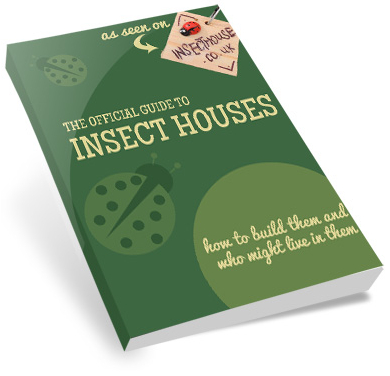What are Common Pygmy Woodlice?
The Common Pygmy Woodlouse, Trichoniscus pusillus, is one of the five most common British species of woodlice. It belongs to the family Trichoniscidae. It is considered the most abundant terrestrial isopod in the United Kingdom.
As the name implies, it is very small in size when compared to the common British woodlouse. It measures no more than 5 mm. or 0.2 in. in length. Its body is usually purple to bluish in color, elongated, and rounded along the cross section. Its eyes are small and round.
Two types of reproduction are observed in Trichoniscus pusillus species. One is by parthenogenesis, wherein the females give birth without fertilization by the males. Their babies are clones of themselves. The other, just like most metazoans, is sexual reproduction. Breeding usually takes place from March to September.
Common pygmy woodlice are susceptible to Isopod Iridescence Virus (Iridovirus) infection. This is characterized by an unusual blue coloration on the unpigmented side of the body of the organism. When it gets worse, the color spreads throughout the exoskeleton causing blue iridescence.
What do woodlice eat?
Diet is mainly trees and plant detritus. Like other woodlice, Trichoniscus pusillus eats decaying logs, plants, grasses, algae, and other organic matters.
Where do woodlice live?
They are widespread across North America and Europe, particularly in the United Kingdom where they exist in great populations.
Common pygmy woodlice are commonly found in gardens under stones, logs, and bushes. They love to thrive in woodlands with moist environments such as near ditches, ponds, riverbanks, and streams where soil is damp and litters of leaves are widely available. They also exist in almost all temperate habitats, including grasslands, marshes, and sparse vegetations. But it increases in vastly open habitats such as Iberian.
Interesting woodlice facts
- Woodlice are more closely related to crabs than insects.
- If preferred food is available, woodlice eat the choicest and most delectable plants around, as observed by gardeners.
- Woodlice have an amazing ability to store high concentrations of metals without being poisoned.
Activity
Woodlice can be spotted under decaying logs, usually on the side that touches the soil (as this part becomes moist). Bring a magnifying glass and observe how the woodlice live on the log. Take note of their quantity and behaviour.

